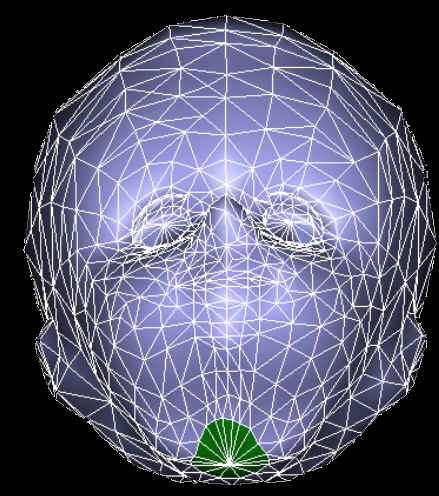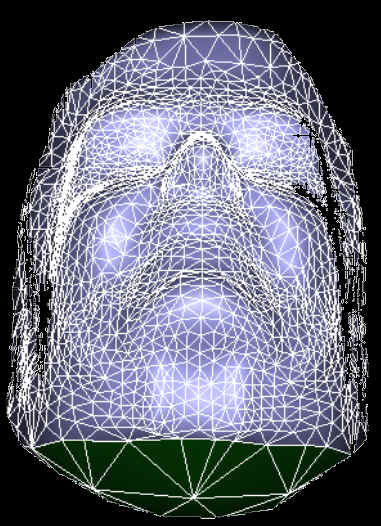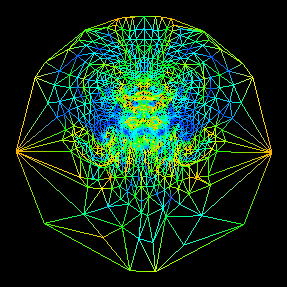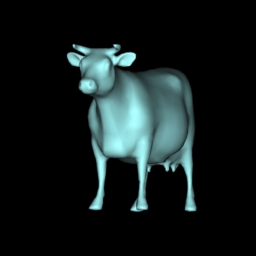

|
Source
Model (#vertices/
#edges) |
Target
Model (#vertices/
#edges) |
Average no. of vertices for the intermediate meshes |
|
|
2703
/ 7881 |
2982
/ 8607 |
2842 |
|

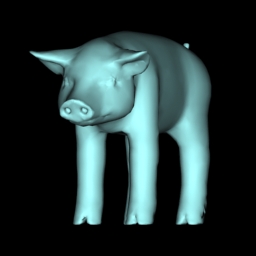
|
Source
Model (#vertices/
#edges) |
Target
Model (#vertices/
#edges) |
Average no. of vertices for the intermediate meshes |
|
|
2637
/ 8229 |
2795
/ 8979 |
2716 |
|

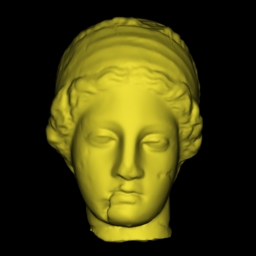
|
Source
Model (#vertices/
#edges) |
Target
Model (#vertices/
#edges) |
Average no. of vertices for the intermediate meshes |
|
|
1954
/ 5856 |
50002
/ 150000 |
25978 |
|
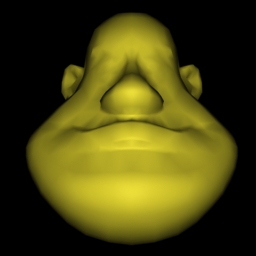

|
Source
Model (#vertices/
#edges) |
Target
Model (#vertices/
#edges) |
Average no. of vertices for the intermediate meshes |
|
|
779
/ 2328 |
1954
/ 5856 |
1465 |
|

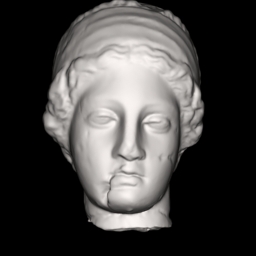
|
Source
Model (#vertices/
#edges) |
Target
Model (#vertices/
#edges) |
Average no. of vertices for the intermediate meshes |
|
|
44955/ 134859 |
50002
/ 150000 |
47478 |
|



|
Input
Model (#vertices/
#edges) |
Input Model 2 (#vertices/
#edges) |
Input Model 3 (#vertices/
#edges) |
Average no. of vertices for the intermediate meshes |
|
|
319/ 951 |
313/
|
329/981
|
321 |
|
